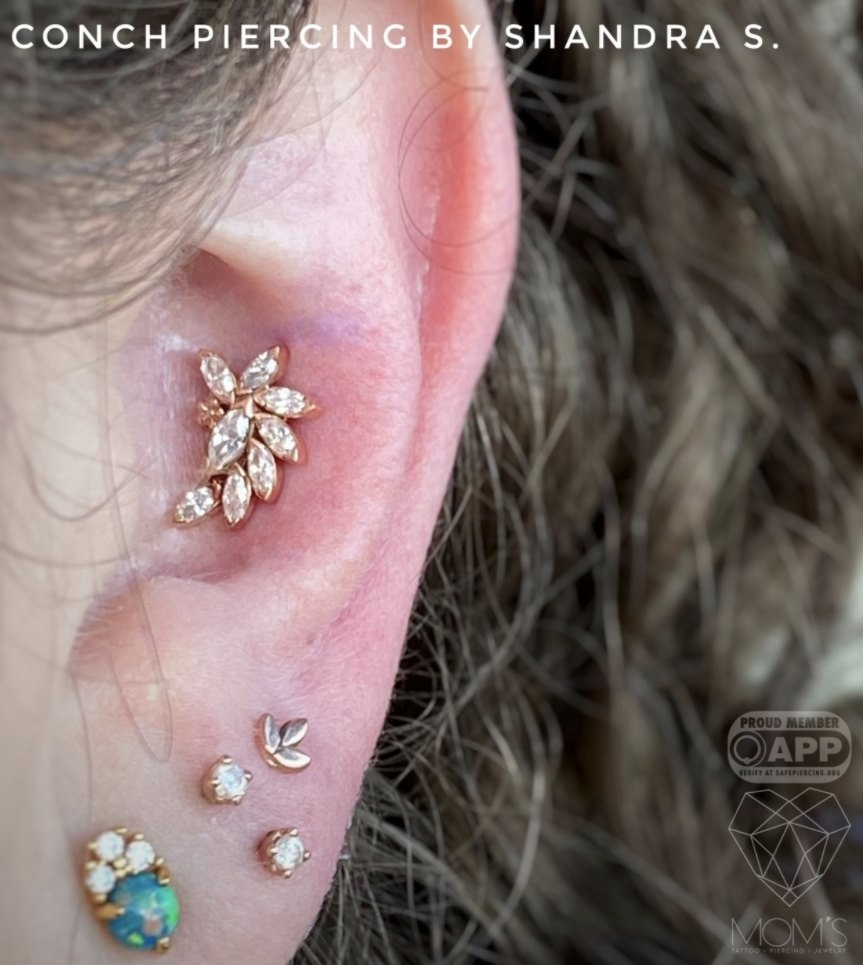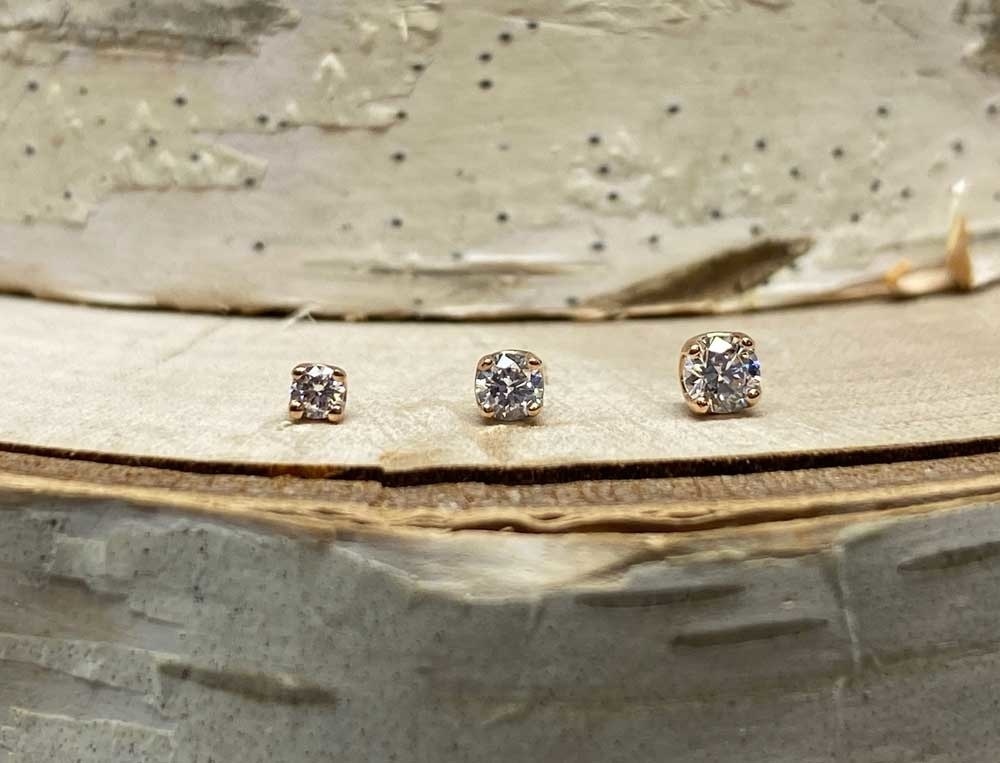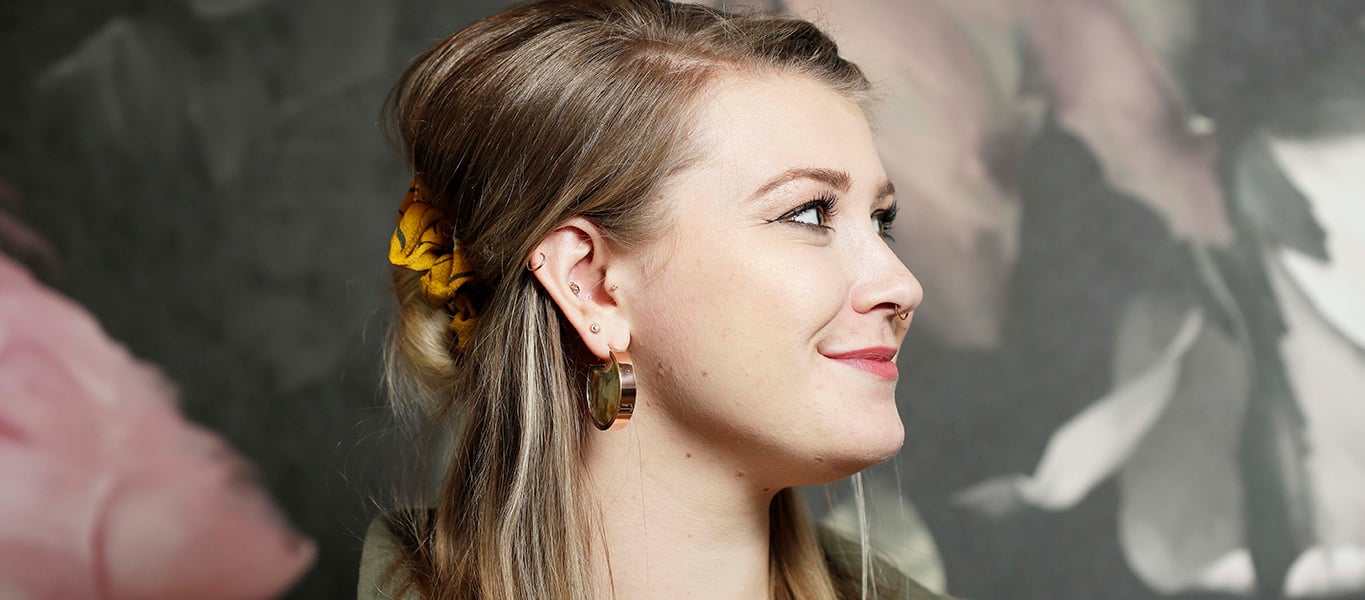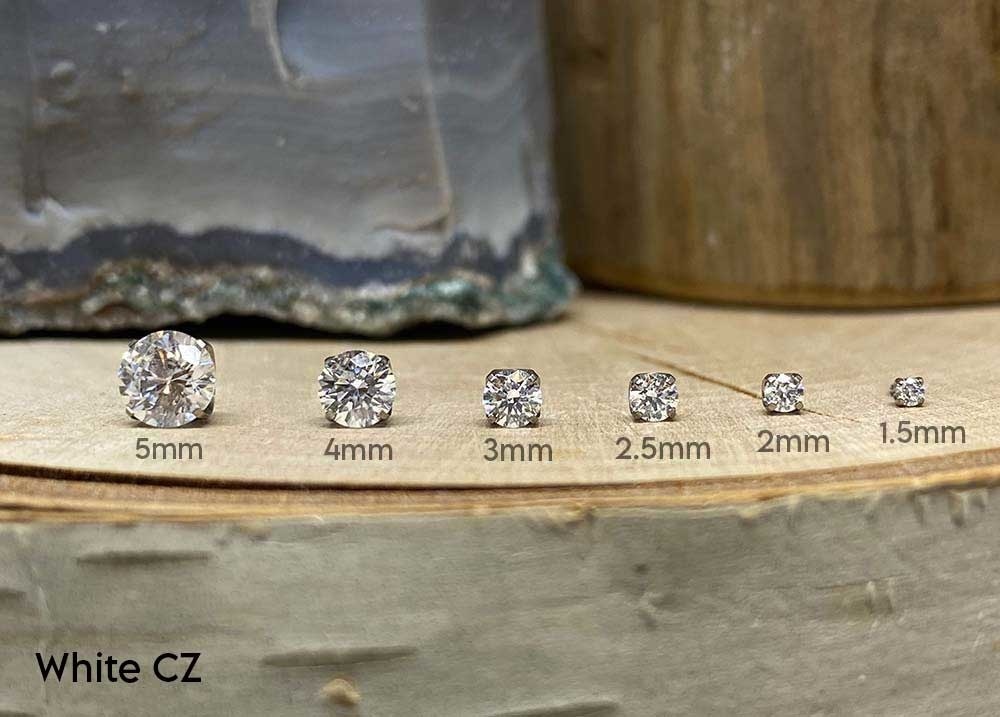Diamonds are Forever | Crystals, Stones + Gems | Mom’s Jewelry
- Posted on
- By Mom's Team

Diamonds are Forever, Not Just for April
Although not everybody is lucky enough to call one of the world’s most sought-after and adored gems their birthstone, everyone can appreciate the dazzling radiance of diamonds. While it’s true that diamond jewelry is one of the best birthday gifts for the Aries or Taurus in your life, a well-cut and beautifully-set diamond is the right gift for any occasion – and even for no occasion at all. Diamonds are really a girl’s best friend. While we can’t cover everything there is to know about diamonds in this article, we wanted to cover some of the basics – and some of the more interesting points, so you can know more about and appreciate the diamond jewelry you’re buying for a loved one or for yourself.

Curation by Shandra Swilling!
What are Diamonds?
Although the April birthstone may look like delicate glass, diamonds are actually the hardest natural substance on Earth. That’s because diamonds are formed from pure carbon under immense heat and pressure for millions of years (although some diamonds are thought to have been delivered to Earth in meteorites). The hardness and resilience of diamonds is well-documented throughout history; in fact, diamonds take their name from the Greek word for “indestructible.”
A Brief History of Diamonds
When people say, “diamonds are forever,” that’s because they’ve been around almost as long. Millions or maybe even billions of years ago, extreme heat and pressure deep below the Earth’s surface turned carbon molecules into diamond crystals. These deep-earth gems were eventually brought closer to the surface through volcanic activity.
Although the first diamonds were discovered in India between 2,500 and 1,700 BC, the first recorded and written knowledge of diamonds appeared in Sanskrit texts between 400 and 300 BC and were referenced for their magical, powerful nature. The earliest reference to diamond mining occurred around 120 BC.
Diamonds were mostly used as a form of currency until 1074 AD when the queen of Hungary had her crown decorated with diamonds and thus cementing the gemstones as a form of jewelry. Then, in 1477, a love-struck member of the Austrian royal family commissioned the very first diamond engagement ring, igniting a tradition that is still followed today and helping to establish the diamond as a gemstone of love and commitment.

Diamond Jewelry You Can Feel Good About
An unfortunate and inconvenient truth about gemstones, especially diamonds, is that they sometimes come at the cost of human suffering. The term “blood diamonds” was used by the United Nations in the early 90s to describe the diamond trade in many African countries that were used to fund civil wars. “Conflict diamonds” is another term used to describe diamonds that have been mined in war zones by underpaid (or enslaved) workers.
Diamonds that are mined responsibly by private companies are considered “conflict-free.” In response to international outcry, many countries in the United Nations developed the Kimberley Process to certify and ensure diamonds are conflict-free. Today, 99.8% of diamonds are certified conflict-free. Our jewelers only use ethically sourced diamonds that come from mines in compliance with labor and environmental regulations to ensure fair wages and safe working conditions. We care about that stuff, you know?

The Metaphysics of Diamonds
Since its use in religious icons in ancient India, the diamond has captured the human imagination for millennia. Diamonds are also thought to be the stone of purity, clarity, and intellect.
The refracting and illuminating nature of diamonds is one of the reasons why these gemstones are associated with healing properties for the mind and heart. This luminousness is also why diamonds are said to be “energy amplifiers” that aid spiritual evolution and stimulate creativity, imagination, and resolve. Even though these claims can’t be scientifically proven, it’s undeniable that anyone who wears diamond jewelry immediately feels like a better version of themselves–and that’s pretty magical if you ask us.

A nod to our fabulous previous studio manager, Alexa's, style
Diamond Cuts and Colors
Two of the primary ways to describe diamonds are their cut and color. Regarding the first description, “cut” and “shape” are often used interchangeably, but there are significant differences. Diamond shapes refer to the outline, while diamond cuts refer to the arrangement of facets (the flat surfaces that are arranged in geometrical patterns to cause optical effects). Some popular diamond cuts include:
- Round cut diamonds have 58 facets and are among the most popular shape, accounting for over two-thirds of diamonds sold.
- Princess cut diamonds combine the brilliance of a round cut and the “fancy” pointed edges of a square cut.
- Emerald cut diamonds have long, straight cuts resembling steps, which give the appearance of a “larger” stone.
- Ascher cut diamonds have similar straight, step-like cuts as emeralds, but with trimmed edges for extra style and flair.
- Radiant cut diamonds also resemble emeralds but with additional facets and cropped corners for more brilliance and fire.
- Marquise cut diamonds have elongated shapes that create eye-catching radiance. These are among the oldest and most classical diamond cuts.
The other important element is color. Although people assume that diamonds are completely clear, they can have subtle colors due to trace amounts of other minerals and elements. In fact, completely colorless diamonds are incredibly rare and very expensive. the diamond “hue” is the stone’s actual color–white, yellow, pink, brown, or blue–and the tone is the degree of color from light to dark. Saturation is the depth and intensity of the color.
Cubic Zirconia–The Look of Diamonds, a Fraction of the Price
If you’re shopping for diamond body jewelry on a budget, you can enjoy the radiance of a real diamond for a fraction of the cost with cubic zirconia (CZ). A synthetic, lab-created gemstone, CZ can be cut and polished to look almost indistinguishable from genuine diamonds. Although CZs are typically colorless, there are also colored versions that mimic rare (and expensive) colored diamonds.

Titanium CZ Prongs by NeoMetal
Your Body is a Temple–Adorn it with Diamonds
Mom’s Jewelry offers unique and stylish implant-grade diamond body jewelry for all shapes and sizes. Every body is amazing, and we offer gorgeous diamond jewelry to help you adorn your temple. We carry a large selection of ethically sourced, conflict-free diamond body jewelry from the best brands, including Buddha Jewelry, BVLA, and Tawapa.
With love,
The Mom’s Team
(509) 426-4465

